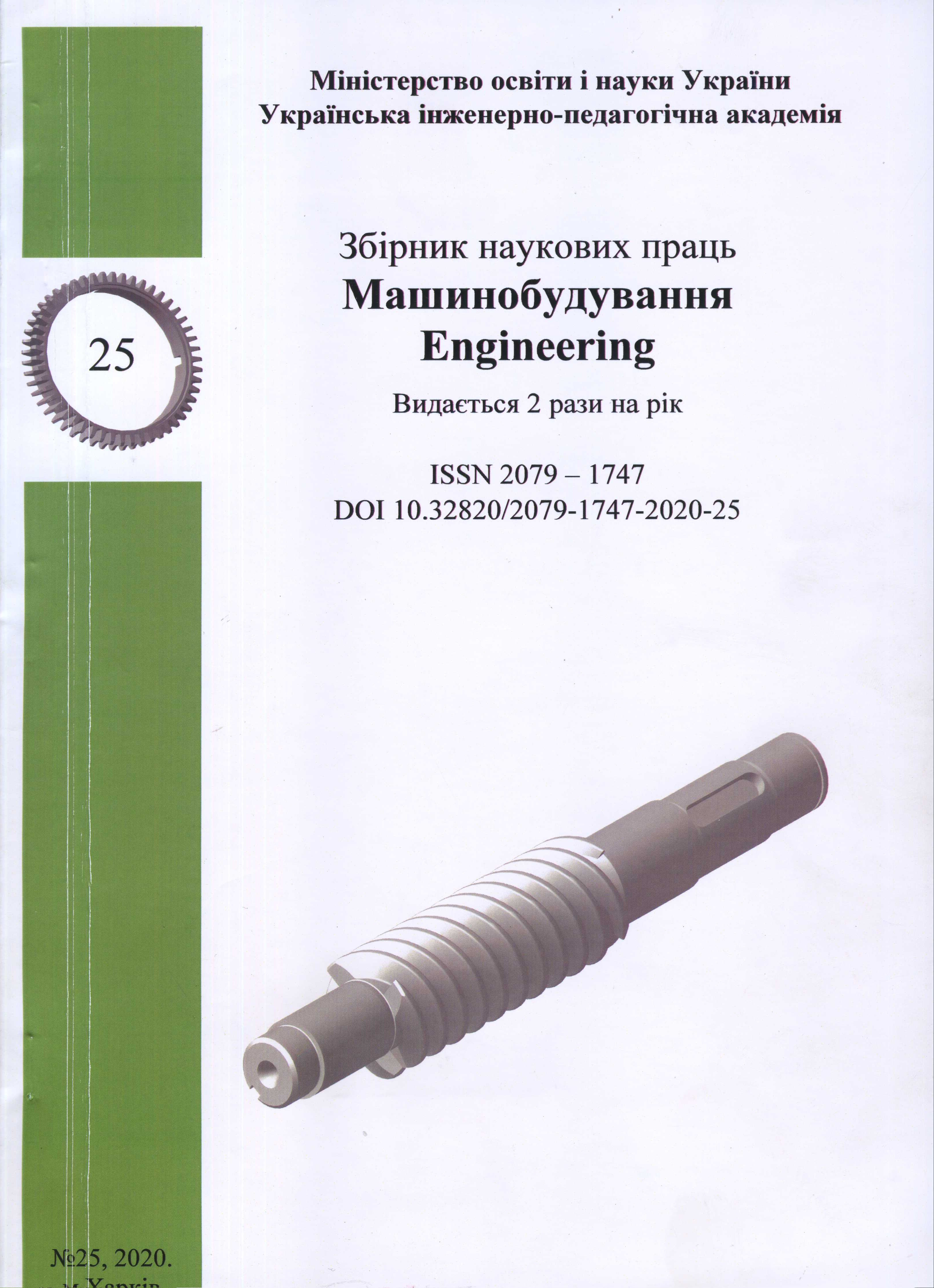Ensuring accuracy when transferring shape and size from a 3D model to a real product
Abstract
DOI: https://doi.org/10.32820/2079-1747-2020-25-107-113
The aim of the work is the establishment of dimensional and economic ties in the manufacture of bulk sheet products from thermoplastic materials using CAM technologies. At the same time, an urgent scientific and practical problem is solved, which consists in the need to develop scientific foundations for improving the quality and efficiency of manufacturing interior panels from thermoplastic sheet materials in the conditions of discrete-unstable release programs.
Plazo-template method of manufacturing thin panels is widely used. The increased accuracy of the reciprocal linking of parts, when reached, is achieved by the prompt technological processes following the principle of the linked selection of forms and distribution of virology. The advent of high-precision multi-axis machining centers allows fundamentally changing the technology of manufacturing thin-walled panels. The technological process is a set of operations for the manufacture of a virtual 3D-model of the product, the analytical circuit that is set, the manufacture of equipment at machining centers, panel shaping and its mechanical processing. This technological process (CAM technology) is less time-consuming compared to the plazo-template technology and allows manufacturing products in small numbers, and often in single copies with high quality and lower cost.
As a result of the work, an analytical dependence of the change in the accuracy of shapes and sizes during the transition from the 3D-model to the real product was established, which allows assigning tolerances on the forming tooling taking into account the further bending of the workpieces.
Downloads
References
Adaptyvnoe upravlenye kachestvom yzhotovlenyya detaley.//Sverdlyna Y.Y. Sovremennыe tekhnolohyy: Sbornyk nauchn. statey. SPb: Yzd-vo SPbHYTMO (TU). 2012. s. 286 – 291.
Baleev V.Y. Upravlenye kachestvom: problemы, perspektyvы. Sertyfykatsyya. - №4. – 2013. – S18-19.
Bendat Dzh., Pyrsol A. Yzmerenye y analyz sluchaynыkh protsessov. - M.: Myr, 1971.-298 s.
Hludkyn O.P. Vseobshchee upravlenye kachestvom. – M.: «Laboratoryya bazovыkh znanyy», 2011. – 451s.
Erokhyn A.A. Obrabotka rezanyem stekloplastykov. – M.: Mashynostroenye, 2006. – 254s.
Zabashta V.F. Tekhnolohycheskaya podhotovka proyzvodstva konstruktsyy yz kompozytsyonnыkh materyalov. – K.: Tekhnika, 2003. – 145s.
Big savings with RP-foal forming tools. Modern Plastics, 2016, vo.43, No.5, p.84-85.
Eleventh annual seminar on plastics for tooling. Engineering Bulletin of Purdue University. Engineering extension series, No139, p.47-67.
King R. Handbook of High-speed Machining technology.-New York.-London.2017.-504p.
König W., Grab P. Machining of New Materials //Annals of CIRP.-2010.-vol.39/2.-p.673-681.
Tooling for Aircraft and Missile Manufacture. Prepared under the supervision of American society of Tool and Manufacturing Engineers. Mc Graw-Hill Book Company. New York Toronto London, 2007, 403p.


